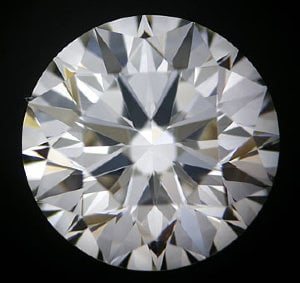Here's the original post. [URL='https://www.pricescope.com/community/threads/just-paid-for-this-diamond-good-value-1-53-h-vs1.177565/#post-3232481']https://www.pricescope.com/community/threads/just-paid-for-this-diamond-good-value-1-53-h-vs1.177565/#post-3232481[/URL]
I had already purchased the diamond before learning about HCA.
GIA rates this diamond's cut in its highest tier - Excellent.
A few other forum folks pointed out that this diamond fails the HCA test. If this diamond does so poorly on the HCA test, why would GIA give it the highest cut rating?

Carat: 1.53
Cut: Excellent
Lab: GIA
Certificate: 2141708547
Clarity: VS1
Color: H
Polish: Excellent
Symmetry: Excellent
Fluorescence: None
Table: 57
Depth: 62.4
Length: 7.35
Width: 7.38
Height: 4.6
Culet: None
Girdle: Thin to Medium
I had already purchased the diamond before learning about HCA.
GIA rates this diamond's cut in its highest tier - Excellent.
A few other forum folks pointed out that this diamond fails the HCA test. If this diamond does so poorly on the HCA test, why would GIA give it the highest cut rating?

Carat: 1.53
Cut: Excellent
Lab: GIA
Certificate: 2141708547
Clarity: VS1
Color: H
Polish: Excellent
Symmetry: Excellent
Fluorescence: None
Table: 57
Depth: 62.4
Length: 7.35
Width: 7.38
Height: 4.6
Culet: None
Girdle: Thin to Medium



300x240.png)